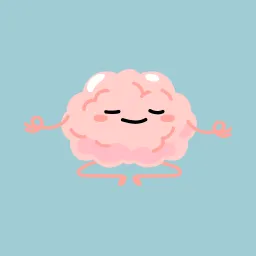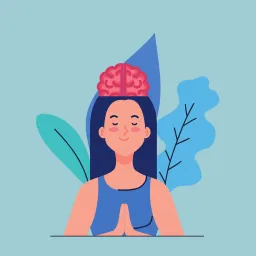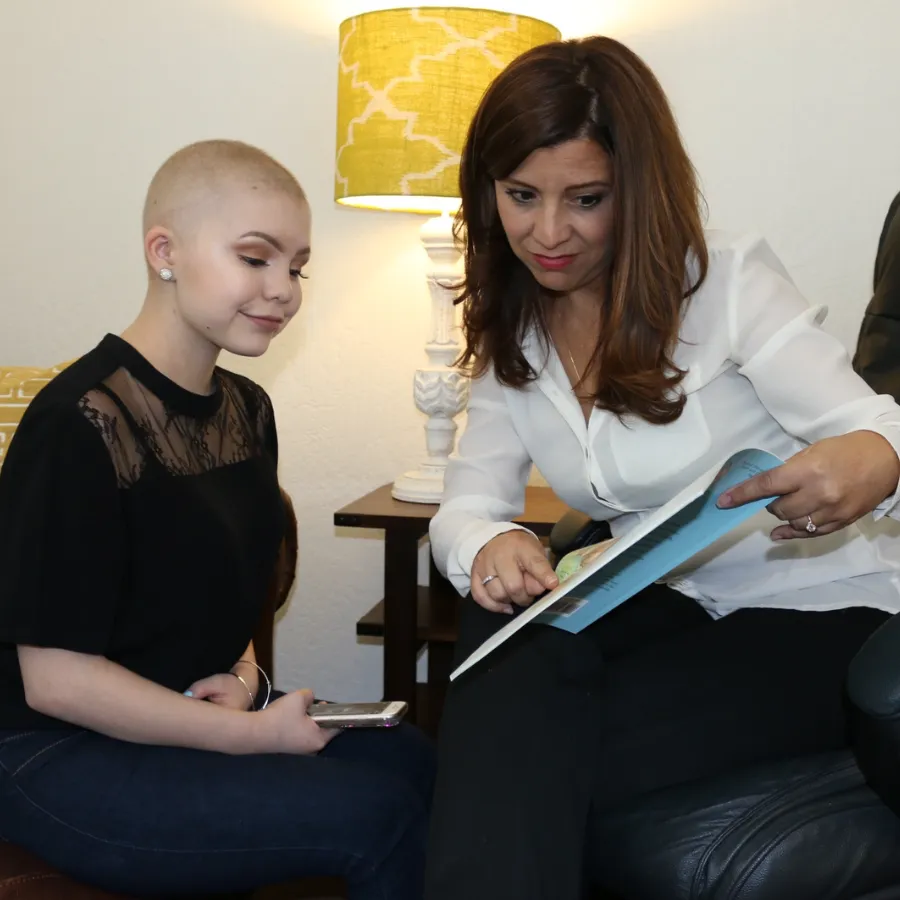Brainspotting Therapy in Phoenix, Arizona, and Scottsdale
What is Brainspotting?
Brainspotting is a powerful and highly effective brain-based (limbic system) and body (somatic) approach to healing and wellness that harnesses the nervous system’s ability to recognize and realign itself, enhancing resilience and facilitating change.
Brainspotting is a powerful therapeutic modality that helps individuals process and release emotions that traditional talk therapy may not address. By using eye positions (a Brainspot) to access deep parts of the brain, individuals can heal from difficult experiences. A “brainspot” is simply a fixed eye position linked to stored emotions or trauma. It has been discovered that trauma and strong, overwhelming emotions are located in the deepest part of the brain and the body. With Brainspotting and other somatic therapies, we can address the root of the problem, which is located in the body. Traumas are stored deep in the brain and body.
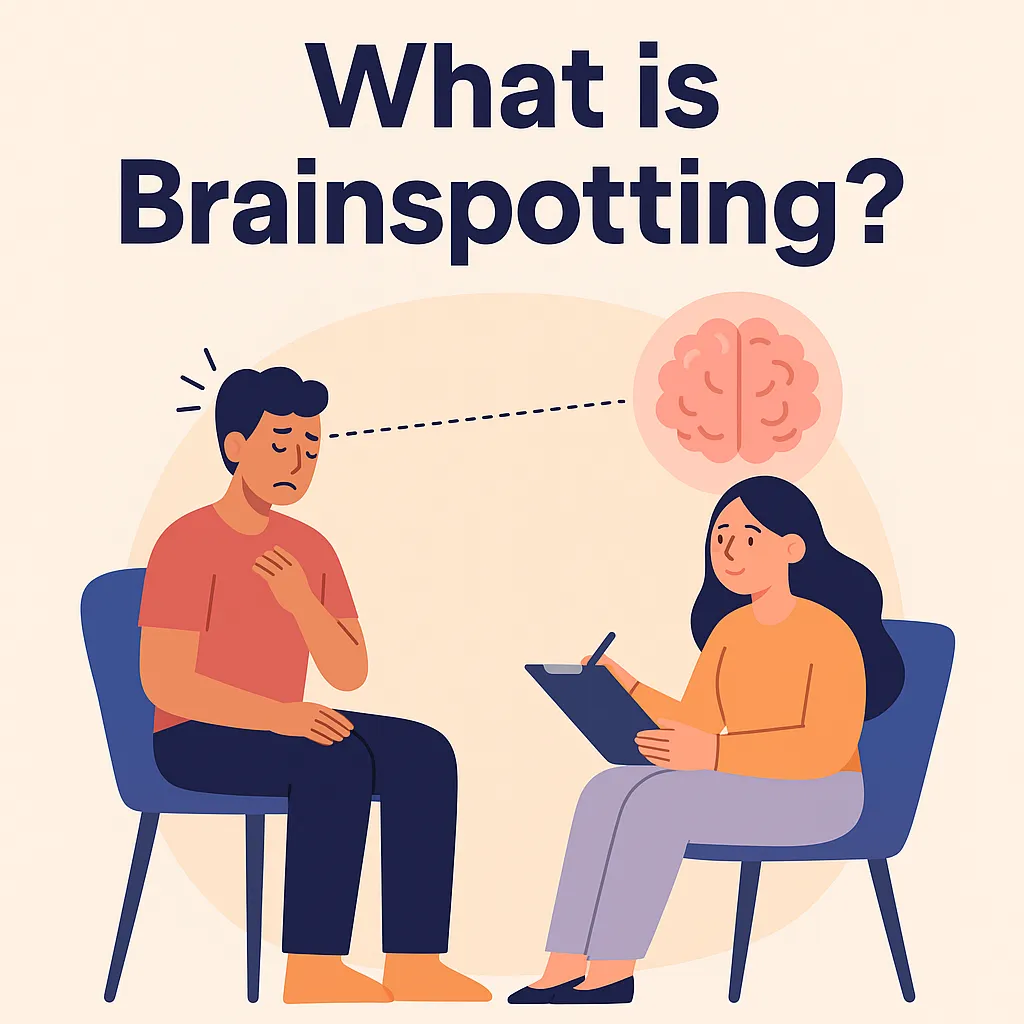
What is a Brainspot?
A Brainspot is an access to whatever traumas are stored in the brain and body. If you think about how you feel when you have overwhelming feelings, you notice the sensations in your body. You probably think of rapid heartbeat, feeling shaky, a " butterfly in the stomach”, tension in the muscles, and shallow breathing. The body and its sensations are where we experience intense feelings. This is why somatic therapies, such as Brainspotting, are incredibly effective. We go directly to where we are feeling these sensations, which facilitates profound release.
Brainspotting: Enhance Your Creativity and Performance
Beyond trauma recovery, Brainspotting can also enhance creativity and improve performance in areas such as sports, music, public speaking, and test-taking. Again, when we are unable to do things, people might say, “I feel frozen and unable to move forward”. Feeling frozen is part of the “Fight, Flight, Freeze” reaction, which is directly related to how we feel in our body during a traumatic event. These can become trapped in the brain and body and continue to arise within the person’s body, potentially preventing performance in all these areas.
Fortunately, we have a tool that helps us feel less frozen. With Brainspotting, we can release this and achieve our goals when we are feeling stuck or unable to move forward. Brainspotting is also highly effective in unlocking our bodies and enabling us to move forward and perform.
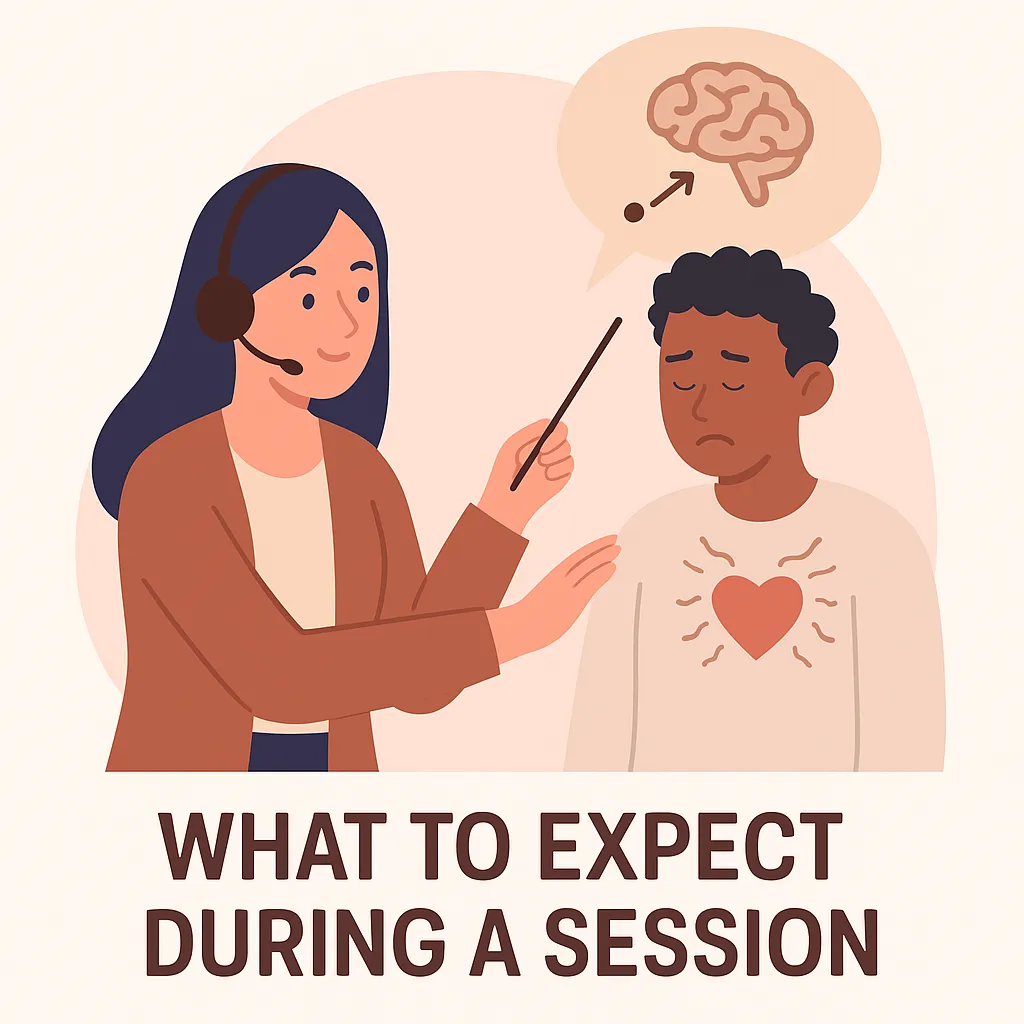
What to expect during a session
In Brainspotting, we work directly with the brain and body during this treatment. True healing happens when using “bottom-up” processing. This means that we begin by focusing on the sensations in the body to bring about real change. In “bottom-up” processing, we start with mindfulness of the sensations in the body, which are also connected to the deep brain. We will be focusing on what is happening in the body. For example, if a client comes in with anxiety, I will ask them to tell me where they feel the anxiety in their body. They might then tell me that they feel the anxiety in their chest. From there, I will help them to locate an eye position, a brain spot found by scanning areas of the visual field.
The Brainspot is directly related to where they feel the anxiety in the body, which is associated with the issue. In this case, we would focus on the feelings in the chest. I will then follow the client wherever they may lead in this process. So, we start with the body, and the therapist will help them internally scan their body. Their body and brain know what to do, and I am there to provide that support, allowing them to process and release their emotions.
Feeling Safe In Your Body
With this release, the anxiety will then realign the cognitions that were previously experienced, and they will resurface in a new way. Which helps because they will no longer experience the anxiety the way they did, and the anxiety will change so that they can overcome and feel safe in their body without the terrifying reaction of anxiety, which then moves up from the body to the deep brain and then up to the thinking brain. The thinking and analyzing part of the brain will then register this information as a new understanding of the previously experienced anxiety. It will now signal to the brain and body that they are safe, as it has been reprocessed.
Brainspotting Can Help You Feel Lighter and Release the Weight You Have Been Carrying
It is reported that they will feel relieved and lighter. In other therapies, that are not somatically focused, they begin with the brain by talking, analyzing, or learning, which all begin on “top” with the brain and do not focus on the body. Without delving into the deeper aspects, we are unable to see as profound a change and healing. I believe this is the vast difference between talk therapies and somatic therapies, such as Brainspotting. In these, we are not focusing on the body.
A crucial aspect of Brainspotting is that we follow the client's experience during a Brainspotting session. The Brainspotting therapist is trained to do this in a highly attuned way. As the client’s body and brain are unwinding, the therapist embodies compassion, support, and presence.
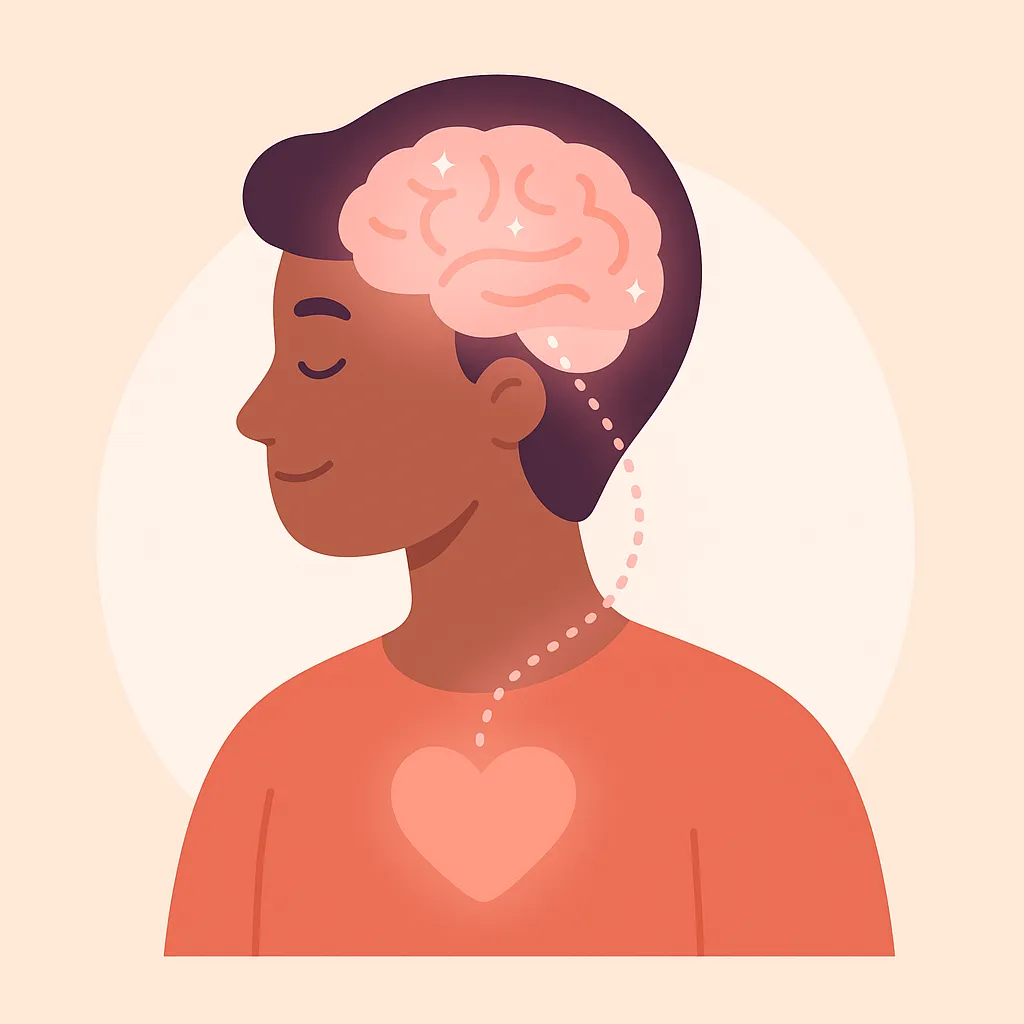
An Arizona Therapist’s Passion For Brainspotting
Brainspotting has changed the way I do therapy, and I see dramatic change and progress, and unbelievable amounts of release and relief.
I love being a therapist, but I love it even more now because I've found something that does wonders, and I'm excited to share it with the people who come to me for support. I can offer something more than just talk therapy. Talk therapy helps, but I witness complete shifts and true transformation with Brainspotting. I even want everyone I love, from my family and friends, to experience this!
Is Brainspotting Right For You? Here are some commonly asked questions about Brainspotting.
Is Brainspotting a Somatic Therapy?
Yes, Brainspotting is a somatic therapy. Somatic means relating to the body, especially as distinct from the mind. Somatic therapies are psychological modalities that bring awareness to the sensations experienced in the body. Brainspotting places a strong emphasis on the body and its sensations. The somatic part of Brainspotting is pivotal in what makes Brainspotting so remarkable and a successful therapy practice. It is reported that, compared to other modalities, Brainspotting yields a more profound release.
Does Brainspotting heal trauma?
Yes.
Brainspotting processes outside our conscious mind and discovers new insights, uncovers unresolved issues, and heals pain. Brainspotting is highly effective at treating trauma and releasing longstanding emotional pain. Brainspotting works for trauma because in the last 20 years, trauma experts have discovered that therapies that focus on deep brain processing related to the body’s sensations help significantly improve overcoming traumas. This is precisely what occurs in Brainspotting. Brainspotting also focuses on the eye positions. Fifty percent of our brain is visual. The visual part of our brain is directly related to where we experience our traumas. The visual system is how we originally received input to the brain, which surrounds our traumas, and is where we can locate those traumas being held deep in the brain.
So, this is how we can reaccess those memories and work through them. It is as if, through the visual system, we can locate the file that was stored deep in the brain (deep brain is connected to the body) and recover it through our vision. This is then brought up and out in a safe way, versus staying stuck in our body and deep in the brain. That file is no longer experienced as scary, but has been reorganized so that the folder is refiled and reprocessed with a calmer experience in the present through Brainspotting. I use Brainspotting with almost everyone who comes into my office because I know it will help my clients. The brain is resourcing and restabilizing during Brainspotting.
How successful is Brainspotting?
Brainspotting is a highly successful therapy modality. It is the most effective treatment modality I have witnessed in my almost 20 years of practice. In my office, I am seeing a high success rate with Brainspotting. I can facilitate a true transformation in the work I do with my clients using Brainspotting. Most Brainspotting therapists experience this same phenomenal improvement. I run a Brainspotting Arizona consultation meeting, where I meet with other Brainspotting therapists in Arizona and around the country. I am amazed to continue hearing inspiring stories of how Brainspotting is helping so many.
I have also referred many of my loved ones to Brainspotting because I know it will help them. One of my loved ones has experienced a complete shift in the person they used to be, with unresolved traumas. Since suffering from trauma since childhood, they were furious and short-tempered, which highly affected those around them. However, since they had a couple of months of therapy with Brainspotting, they are truly a new person. They are now able to enjoy life and do not lash out, nor are they explosive. Their life is entirely different, and the loved ones around them are much happier.
Another example (I have many) was a child who had a near-drowning experience who was so frightened and paralyzed by trauma that they wouldn’t go near water fountains or did not want to play in their pool. After a few sessions of Brainspotting, the fear of water was dissolved, and they could now enjoy the pool in the summertime with his family. A teenager, who was unable to leave their home due to medical illness, had Brainspotting therapy and was able to return to school and thrive in his environment outside of his home. I also see huge benefits to those who deal with serious medical illness, to the point of decreased pain and fatigue.
How long does it take for Brainspotting to work?
I have been working as a therapist since 2006. I did not find Brainspotting until 5 years ago. Within the last five years of using Brainspotting, I've witnessed progress like I’ve never seen before. Cases that used to take one to two years of traditional therapy to see benefits are now healing in a much quicker time. I see children, teens, and adults overcoming their traumas and even able to reach treatment goals in one to two sessions. This has never been done before. I have also noticed that with Brainspotting, I am witnessing a true transformation, one that leads to more profound healing than I have ever seen before. Before I discovered Brainspotting, a significant issue might have taken a year or two to show any changes. However, with Brainspotting, I see radical change in a few sessions. I have also seen recovery or goals met within one session. I have people tell me after one session, whatever you did, please do it again, because it was life-changing.
Is Brainspotting the same as EMDR?
No, brainspotting is not the same as EMDR. There are some similarities between these two modalities, especially since brainspotting was developed during an EMDR Session. However, one of the main similarities is that they are both somatically based therapies. Furthermore, they both utilize bilateral stimulation, which enables processing to occur deep within the brain. They also both use the eyes, but they both involve the eyes in a very different way. However, there are also many differences. The one thing that truly distinguishes Brainspotting from EMDR or any other somatic modalities is that EMDR and somatic therapies have a protocol that needs to be followed. This EMDR protocol can be lengthy and typically requires 6-12 sessions. This is an important distinction because there is no protocol with Brainspotting. Brainspotting, compared to other body-based therapies, does not have protocols; it only uses guidelines.
Dr David Grand, the inventor of Brainspotting, told me that is why Brainspotting stands out and is unique. Have you heard the saying that “Brainspotting is EMDR on steroids”? In my experience, this is indeed true. Brainspotting fast-tracks the healing. Many clients have tried EMDR and tell me that it is a complicated and emotionally draining process, and feel that Brainspotting is not so grueling on them. I know that one of my philosophies as a therapist is not to make the client rehash and relive their traumas (It was already terrifying when experienced the first time). With EMDR, you must bring up and relive the traumas and discuss the trauma; however, with Brainspotting, this is not true. Brainspotting enables us to process trauma without needing to discuss it.
It is essential to recognize that every human being is unique. Every human being’s body and their entire system, including all that they have experienced in their life, will be very different. No two people are alike. Not everyone will fall into the same box or category and have the same response to a modality that uses a protocol. Brainspotting is unique in that it follows the client to where their body’s system needs to go for healing. In Brainspotting, the therapist follows the client's body, thoughts, or images as they arise, which leads the client to true healing.
Do you have to talk during Brainspotting?
The simple answer to this question is no. As mentioned above, talking is not necessary, and it all depends on the client’s body, their system, and how they process. Some people are verbal processors; however, this is not true for everyone. If they do not want to speak during their processing, there is no need for it. The therapist will guide the client in identifying where to look and where they feel this sensation in their body, help the client follow what is happening in their body, and, most importantly, be by the client’s side to support them wherever they go. A Brainspotting therapist is highly attuned to their clients. Also, with Brainspotting, you don’t even have to know what the trigger or memory is when going into the session.
How long does a Brainspotting session last?
Every Brainspotting session is different, and so is every person. Most Brainspotting sessions for adults will last the full therapy hour. Alternatively, a Brainspotting session can be completed in as little as 15 minutes, 20 minutes, or 30 minutes. It just depends on what is best for that individual. However, Brainspotting intensives are also highly effective, and these can be done in two, three, or 5 hours. These are compelling sessions.
For children and some teenagers, Brainspotting sessions are typically brief. The sessions can be as short as 1 minute, 5 minutes, or 10 minutes. Children do not have as much life experience that has accumulated in their young brains, which means they do not have to process as long as adults do.
Is Brainspotting good for anxiety?
Yes, Brainspotting is very effective in helping individuals overcome anxiety. What are the symptoms of anxiety? We often feel a fast heartbeat, difficulty catching our breath, a sense of choking, uncomfortable bursts of adrenaline, or a paralyzing feeling. Brainspotting addresses these symptoms directly, which are the body’s sensations. Brainspotting targets issues like anxiety that are stored in the brain and body.
What to expect after a Brainspotting session?
Every person and everybody is different, so everyone’s experience after Brainspotting will be different. However, there are a few things that a therapist will mention or recommend after a Brainspotting session. The brain and the body will work very hard during a Brainspotting session, so it is common to feel emotionally or physically tired after a Brainspotting session. It is essential to give your body the rest it needs and perhaps treat yourself to something gentle and special. Some examples include going for a gentle walk in nature or taking a nice bath the evening after your session. It is also recommended to drink plenty of water after Brainspotting. This will replenish the body as if you had just completed a strenuous exercise workout, but you have done a workout for your brain. It is also important to mention that your brain and body will continue to reprocess after the session. Processing can continue for days or weeks. Most individuals will experience immediate relief from the issue after undergoing Brainspotting. You can expect to feel a sense of relief or release. After a session, fatigue may occur or even mild twitching.
Sometimes, you may experience irritability, heightened emotional sensitivity, or overstimulation and increased sensitivity to the senses (such as sound), as the brain and body continue to process the session's effects. Rarely, you may feel a little worse before it gets better. If this occurs, it is essential to recognize that it is a part of the healing process. You can also call your therapist if needed for support as the healing process unfolds. Incredible healing and change are happening. Think of when you're not used to working out, and you do a great workout. Your muscles will be sore, but just like with Brainspotting, it sometimes takes time to get through to feeling remarkably better. Expect to feel the change and unraveling of trauma in both the brain and body, as well as ongoing integration.
How do I know if Brainspotting is working?
With Brainspotting, it enables trauma release, leading to the effective rebooting of the brain and body, which in turn allows for the discovery of new and powerful insights, new perspectives, and the release of longstanding emotional pain. We often see a dramatic change in the individual who feels relaxed, calm, and at peace. After brainspotting, we notice an improvement in mood, feeling more comfortable and regulated in their body. You may notice that you are feeling mentally clear, with regulated moods, which leads to a sense of peacefulness and contentment. With trauma being processed and cleared through Brainspotting, they can find and experience life in a more fulfilling and meaningful way.
We also notice increased creativity and clarity. Brainspotting can lead to improvements in relationships and a greater sense of self-confidence. Strength and resilience are also experienced after Brainspotting treatment. They report feeling a deep understanding of release, both consciously and subconsciously.
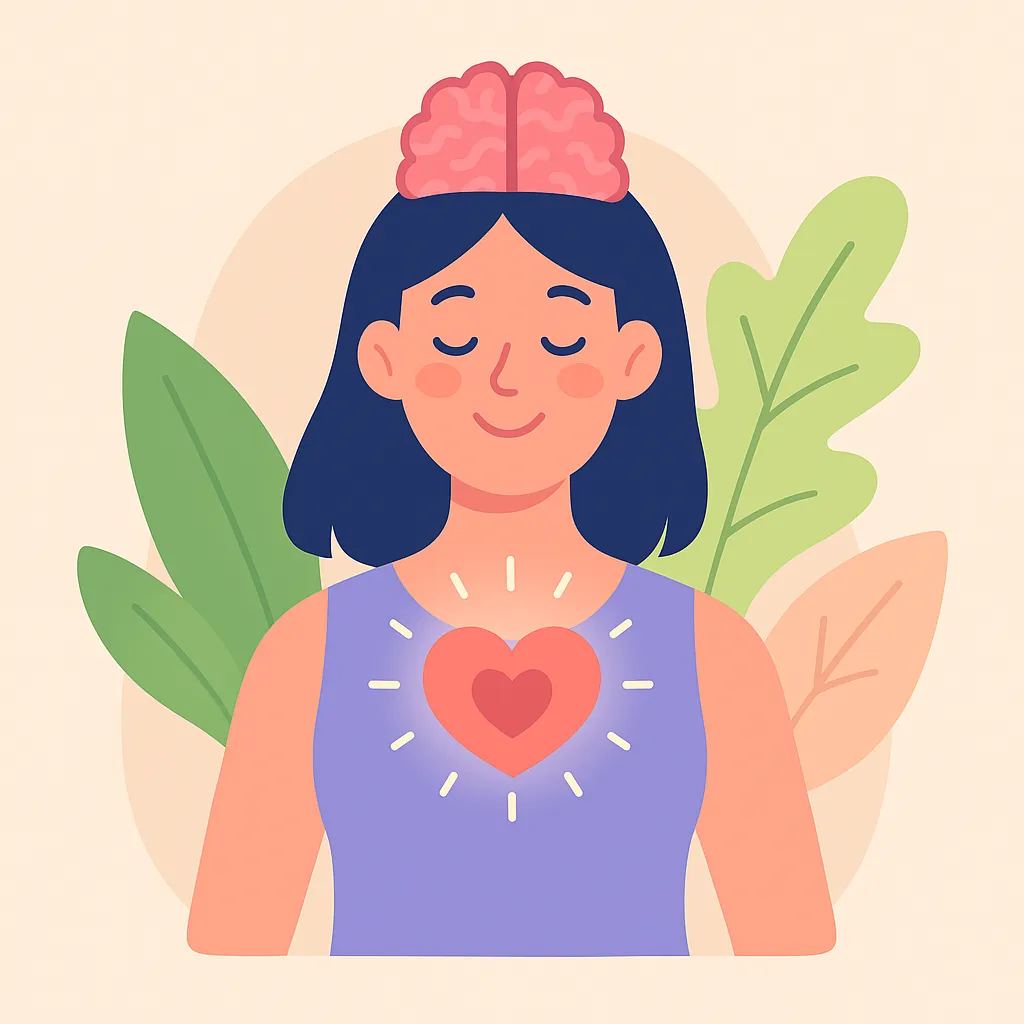
Transform Your Life with a Brainspotting Therapist in Phoenix, Arizona
Are you ready to release the weight of past trauma, rediscover your resilience, and finally feel safe in your own body? As a dedicated Brainspotting Therapist in Phoenix, Arizona, I am here to help you unlock the profound healing and transformation you deserve.
Whether you are overcoming anxiety, processing childhood experiences, enhancing your performance, or simply longing to feel lighter and more connected, Brainspotting offers a proven path forward. You don’t have to carry the burden alone—your mind and body already hold the wisdom to heal. Together, we will tap into that innate strength and create real, lasting change.
Take the first step today.
Then reach out to schedule your Brainspotting session and begin your journey toward freedom, clarity, and wholeness.
Other Services Offered at Through It All Counseling in Scottsdale and Phoenix, Arizona
At Through It All Counseling, healing is personalized and integrative. Beyond Brainspotting, Cristina Yturralde offers a diverse range of therapeutic approaches to support children, teens, adults, and families through various life challenges. These services include:
Expressive and Creative Therapies:
Art Therapy
Bibliotherapy
Creative Art Therapy
Guided Therapeutic Imagery
Play Therapy: Cristina is a certified StoryPlay® Practitioner, integrating storytelling and play to foster healing in children.
Mind-Body Approaches:
Brainspotting
Body Psychotherapy
Body-Mind Psychotherapy
Breathwork
Mindfulness-Based Interventions
Polyvagal Therapy
Sleep Hygiene
Health Psychology
Family & Relationship-Based Therapies:
Family Systems Therapy
Parent Work
Parenting Support: Including guidance for parenting, divorce, and co-parenting transitions.
Solution-Oriented & Evidence-Based Therapies:
Culturally Sensitive Therapy
Nature-Based and Walk-and-Talk Therapy
Motivational Interviewing
Positive Psychology
Solution-Focused Brief Therapy (SFBT)
Cognitive Behavioral Therapy (CBT)
Brainspotting Certification & Consultation:
For therapists seeking advanced training, Cristina offers Brainspotting certification and consultation services, drawing from her extensive experience and advanced training in the modality.
If you're interested in exploring any of these services or determining which approach aligns best with your needs, feel free to reach out for a free consultation. Cristina is dedicated to providing compassionate, individualized care to support your journey toward healing and growth.


